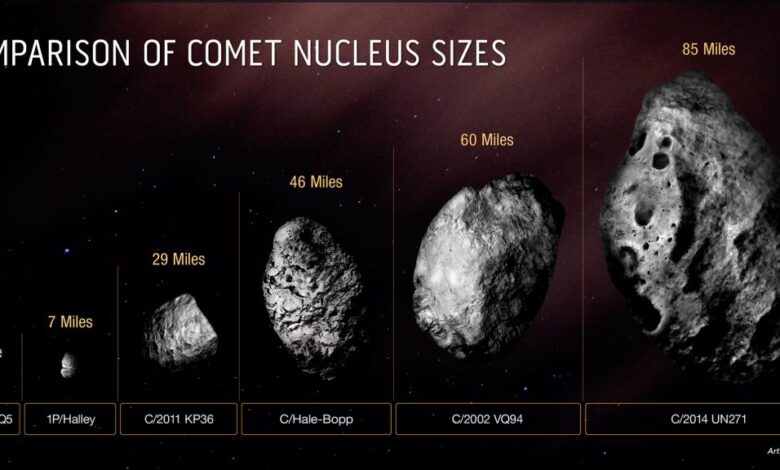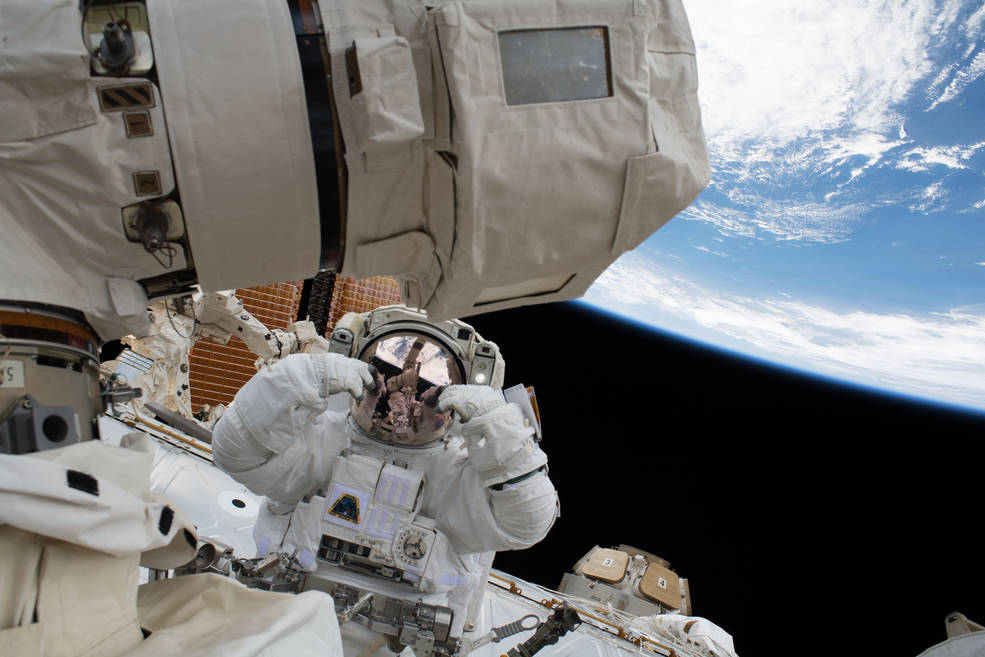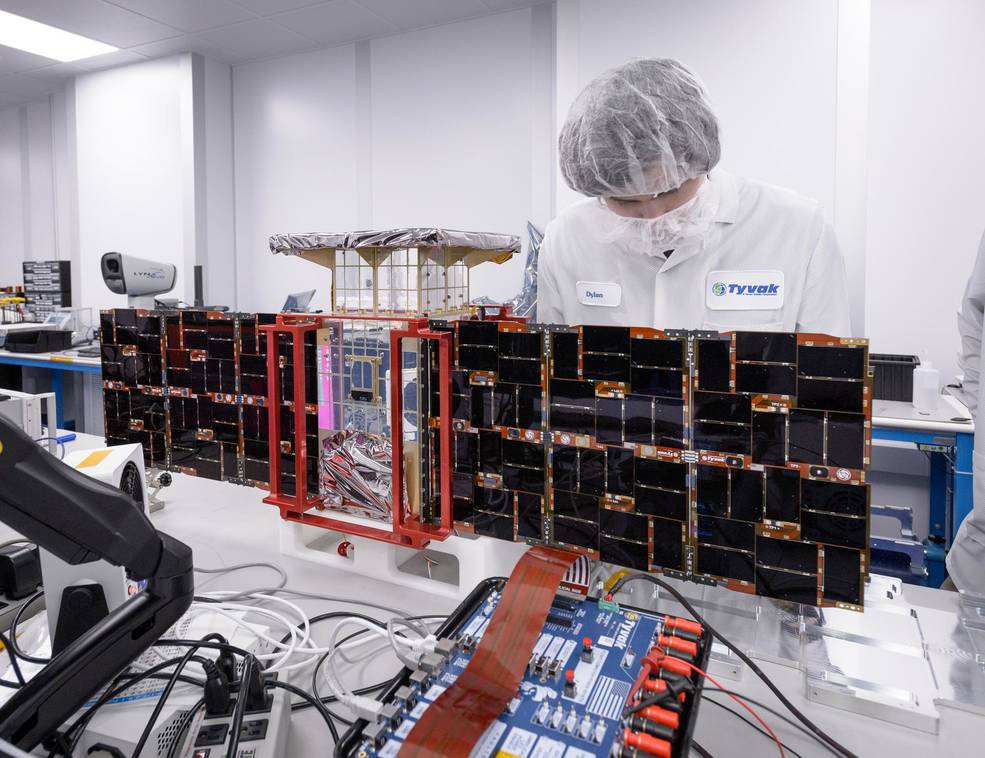November’s Night Sky Notes: Snowballs from Space

by Kat Troche of the Astronomical Society of the Pacific
If you spotted comet C/2023 A3 (Tsuchinshan-ATLAS) in person, or seen photos online this October, you might have been inspired to learn more about these visitors from the outer Solar System. Get ready for the next comet and find out how comets are connected to some of our favorite annual astronomy events.
Comet Composition
A comet is defined as an icy body that is small in size and can develop a ‘tail’ of gas as it approaches the Sun from the outer Solar System. The key traits of a comet are its nucleus, coma, and tail.
The nucleus of the comet is comprised of ice, gas, dust, and rock. This central structure can be up to 80 miles wide in some instances, as recorded by the Hubble Space Telescope in 2022 – large for a comet but too small to see with a telescope. As the comet reaches the inner Solar System, the ice from the nucleus starts to vaporize, converting into gas. The gas cloud that forms around the comet as it approaches the Sun is called the coma. This helps give the comet its glow. But beware: much like Icarus, sometimes these bodies don’t survive their journey around the Sun and can fall apart the closer it gets.
The most prominent feature is the tail of the comet. Under moderately dark skies, the brightest comets show a dust tail, pointed away from the Sun. When photographing comets, you can sometimes resolve the second tail, made of ionized gases that have been electronically charged by solar radiation. These ion tails can appear bluish, in comparison to the white color of the dust tail. The ion tail is also always pointed away from the Sun. In 2007, NASA’s STEREO mission captured images of C/2006 P1 McNaught and its dust tail, stretching over 100 million miles. Studies of those images revealed that solar wind influenced both the ion and dust tail, creating striations – bands – giving both tails a feather appearance in the night sky.

Comet McNaught over the Pacific Ocean. Image taken from Paranal Observatory in January 2007.
Credits: ESO/Sebastian Deiries
Coming and Going
Comets appear from beyond Uranus, in the Kuiper Belt, and may even come from as far as the Oort Cloud. These visitors can be short-period comets like Halley’s Comet, returning every 76 years. This may seem long to us, but long-period comets like Comet Hale-Bopp, observed from 1996-1997 won’t return to the inner Solar System until the year 4385. Other types include non-periodic comets like NEOWISE, which only pass through our Solar System once.
But our experiences of these comets are not limited to the occasional fluffy snowball. As comets orbit the Sun, they can leave a trail of rocky debris in its orbital path. When Earth finds itself passing through one of these debris fields, we experience meteor showers! The most well-known of these is the Perseid meteor shower, caused by Comet 109P/Swift-Tuttle. While this meteor shower happens every August in the northern hemisphere, we won’t see Comet Swift-Tuttle again until the year 2126.

The Perseids Meteor Shower.
NASA/Preston Dyches
See how many comets (and asteroids!) have been discovered on NASA’s Comets page, learn how you can cook up a comet, and check out our mid-month article where we’ll provide tips on how to take astrophotos with your smartphone!




